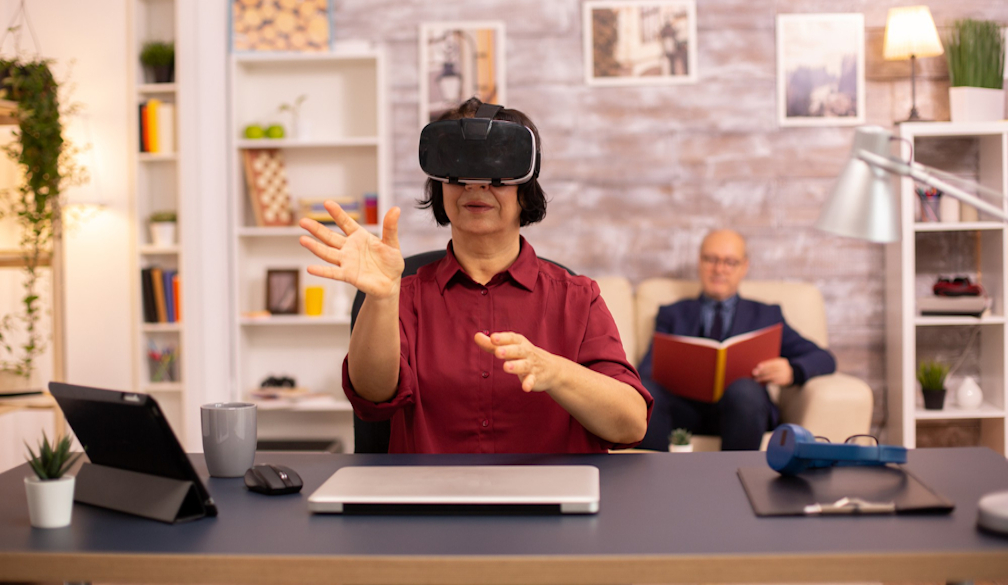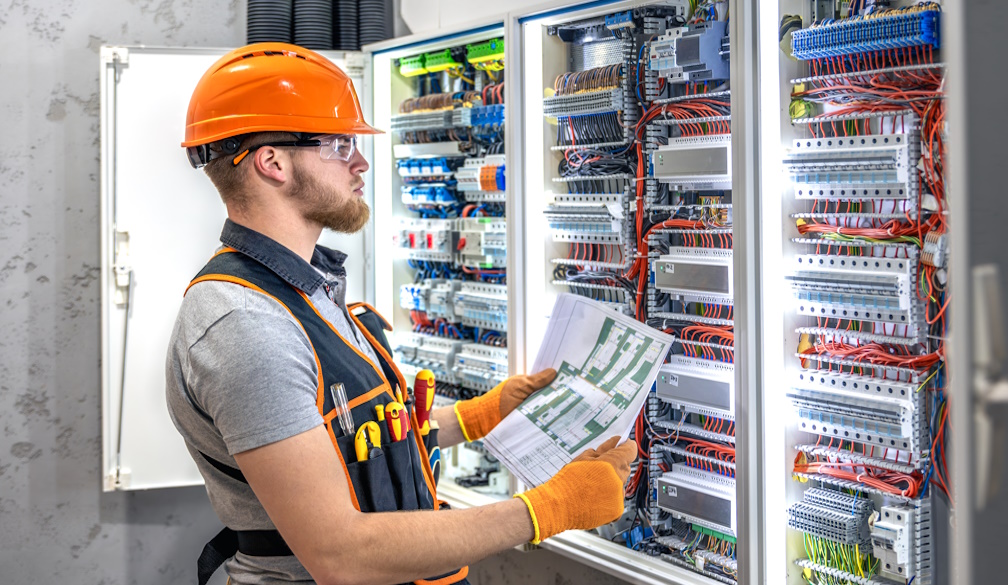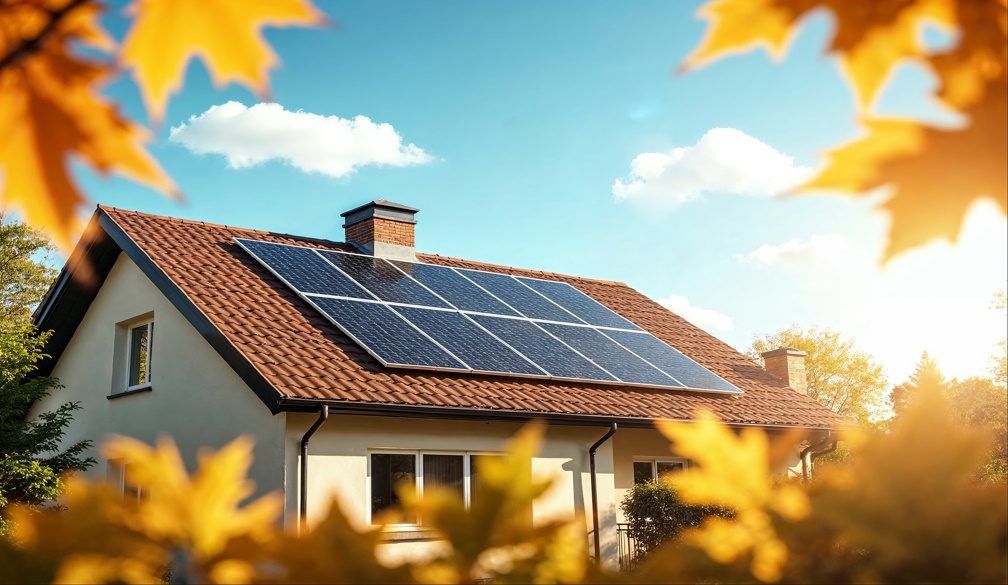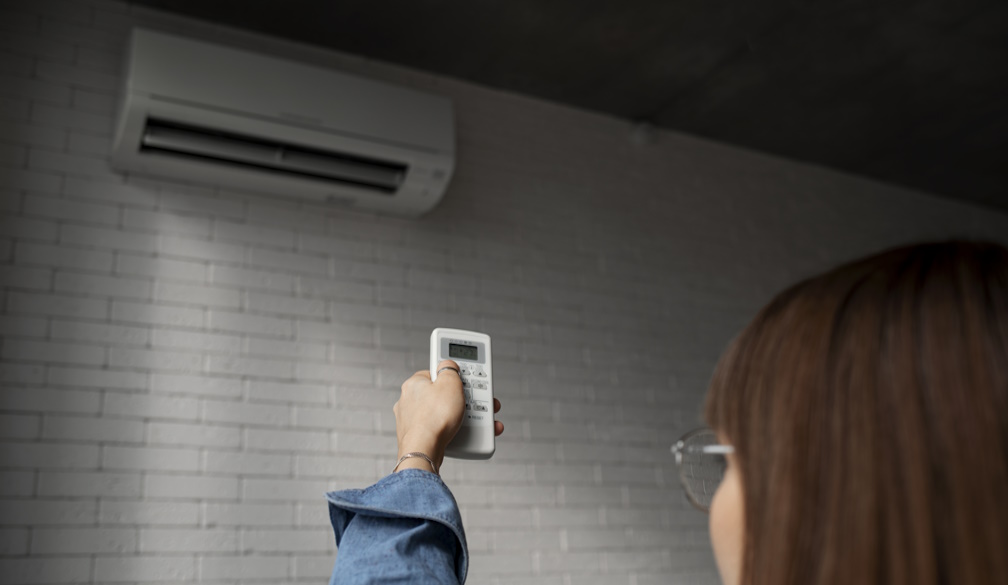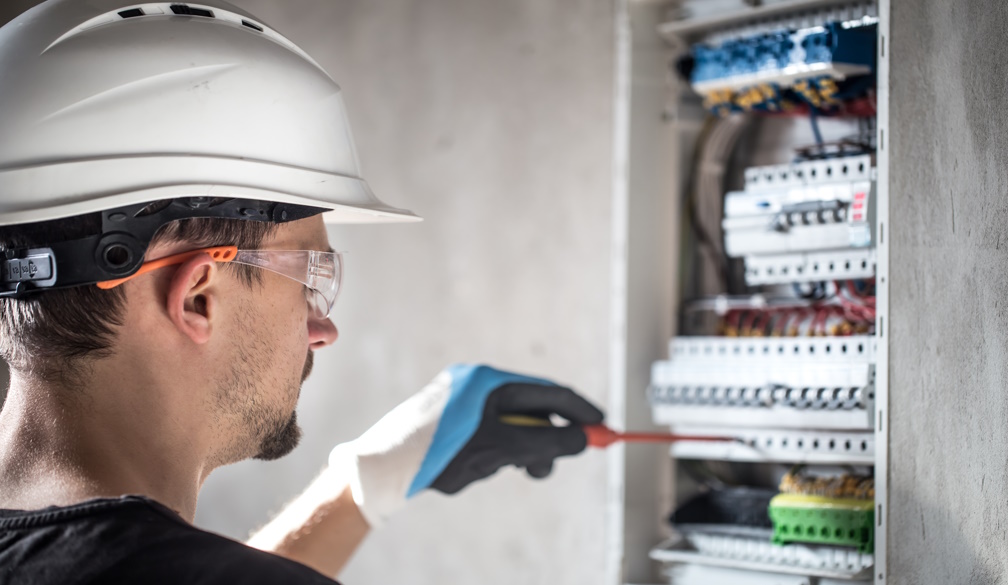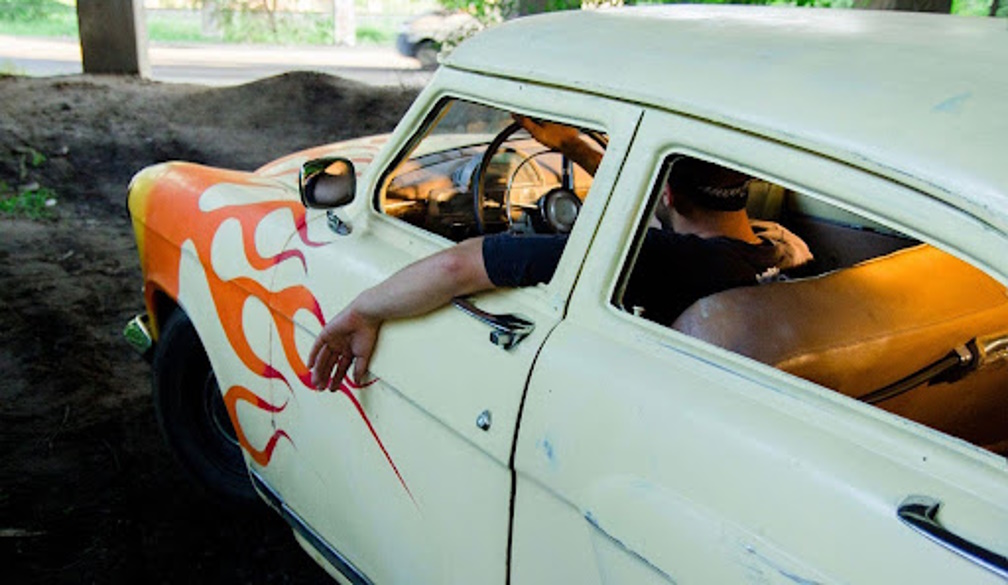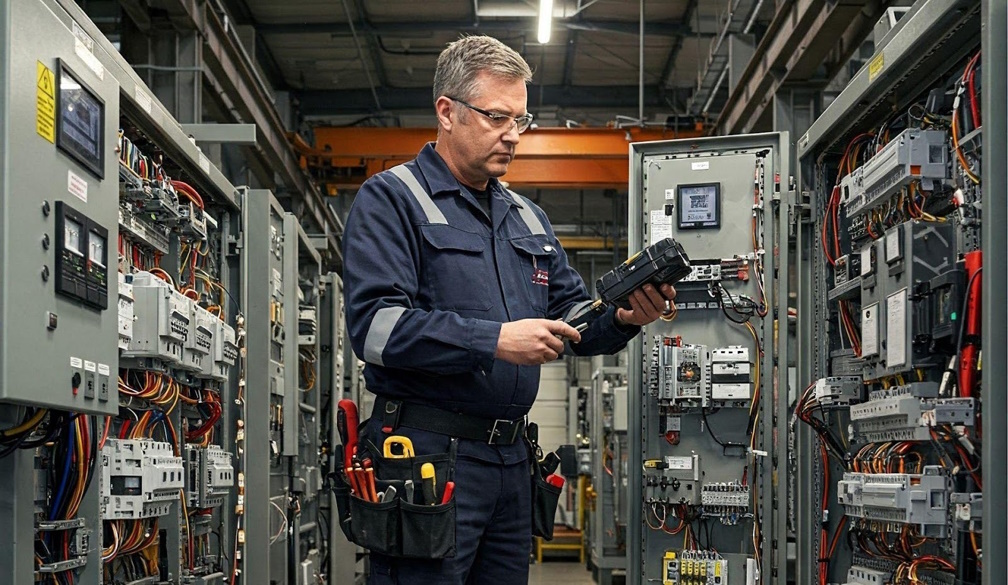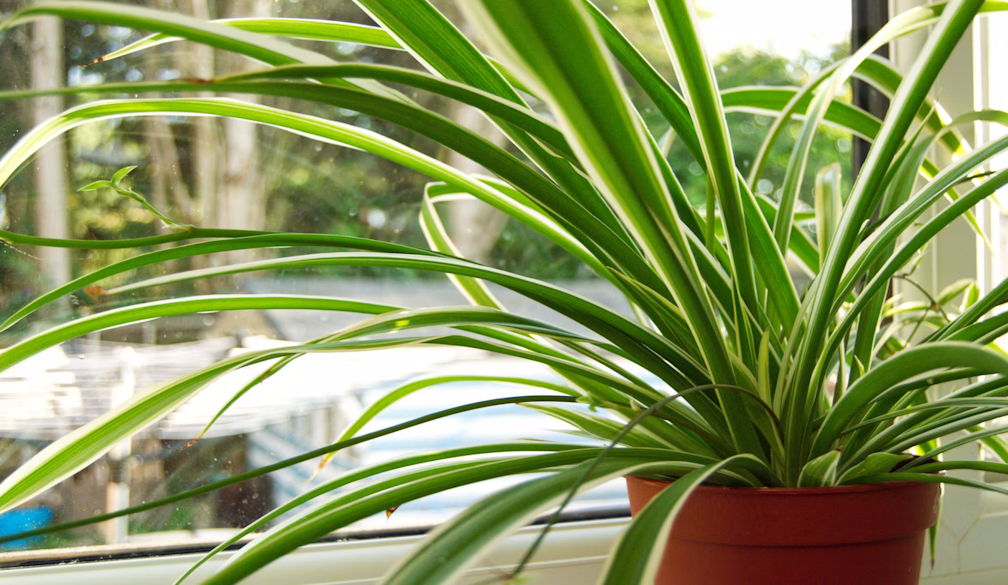The commercial broadcasters’ crisis isn’t new, but can no longer be ignored. What’s next for TV?
- Written by Amanda Lotz, Professor of Media Studies, Queensland University of Technology
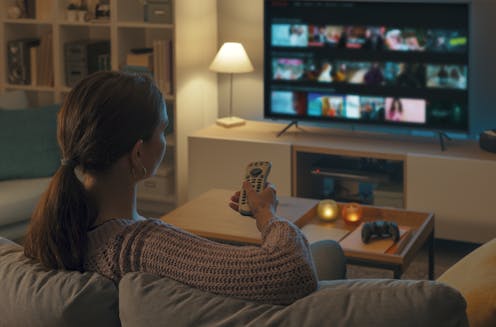
This is the third piece in a series on the Future of Australian media. You can read the first piece in the series here and the second piece here.
For decades, commercial broadcasting made its owners rich. Advertisers flocked to the networks – there just weren’t any other ways to reach so many viewers.
At the same time, the government limited competition by restricting licenses to operate. This discouraged content innovation and led to little choice for viewers. People habitually tuned into whatever was “on” – even if they weren’t particularly interested.
That’s a far cry from where we find ourselves now. The internet age has brought unfathomable new depths of choice and content for viewers. Social media and search engines have handed advertisers powerful new tools. Commercial broadcasters have lost their sheen, just as we saw with newspapers two decades ago.
That will have consequences for what appears on our screens. A substantial decline in advertiser spending on television networks Seven, Nine and 10, as well as their multichannels like 10Peach, 7Mate, and 9Gem, means there will likely be fewer of these channels in Australia’s future.
So what exactly has been happening to their business model – and can it be saved? Is everything really hanging on gambling ad revenue? Perhaps most importantly, what could this shift mean for society?
Read more: Murdoch to Musk: how global media power has shifted from the moguls to the big tech bros
Streaming is only the latest chapter
In the business model of commercial broadcasters, the audience is the “product” being sold. Broadcasters pay for content likely to attract viewers, then sell these viewers’ attention to advertisers.
It might be tempting to assume the broadcasters’ struggles have been caused by the rapid ascent of on-demand streaming services, such as Netflix. But broadcaster revenue has been in decline since 2005.
Adjusted for inflation, commercial television network revenue had already been falling by an average of 5.6% per year between 2004-05 and 2015-16, which was Netflix’s first year in Australia.
So what exactly did happen in the early 2000s? We all went online. Search engines and social media emerged as new ways for advertisers to buy attention.
At first, most of the shift to online advertising came at the expense of traditional newspapers, but for the last decade it has cut into commercial broadcasters’ revenue as well.
The commercial broadcasters’ share of Australian advertising spend plummeted from 43% to 17% between 2006 and 2022, as advertisers moved their spending online.
Local content has paid the price
On the other side of the coin, broadcasters’ programming costs have not diminished, and have actually been increasing by about 1.1% each year. Many now have more channels to fill with content, with no corresponding uptick in revenue.
They have already radically reduced their investment in Australian content. Between 2000 and 2023, commercial TV spending on Australian drama fell by 72% in real terms, and spending on Australian children’s drama fell by 100%. Yes, you read that correctly, right down to zero.
Broadcasters fill many hours on many channels, but audiences no longer find much of this content compelling, especially given the wide range of other content and leisure options they now have.
Diminishing ad dollars have led to cheaper programming, and audiences have responded by shifting their attention elsewhere.
The erosion of advertiser-funded television is happening around the globe, but historically, Australia has relied more on advertisers than other comparable countries. That means here, the crisis is more acute.
Are gambling ads really the final straw?
Free-to-air TV’s future has been thrust further into the limelight amid predictions of catastrophe if gambling ads were banned on TV. That claim is worth investigating.
Data from the Australian Communications and Media Authority suggests gambling advertising delivered A$162 million to free-to-air networks in 2022-23.
That accounts for just under 5% of the total TV advertising market’s $3.6 billion in revenue that year. Any revenue lost to a sector in decline is costly, but keeping this small fraction isn’t going to hold off broader decline.
Not least because that revenue comes at a great societal cost. Australia leads the world in gambling losses – $24 billion a year – and promoting gambling has been identified to have substantial negative consequences for Australian society.
Read more: Gambling is causing great harm. Here's how to tip the odds back in the community’s favour
More pressing concerns
On commercial TV, the government faces far more pressing questions than whether to ban gambling ads. The loss of one or more of our commercial broadcasters seems financially inevitable and may even be in the interest of Australians.
It has been some time since commercial broadcasters delivered on their public responsibilities. They are a special class of business that uses a public good, the electromagnetic spectrum, to profit, and so they were set up with responsibilities to Australians in exchange for its use.
Yet over the past 20 years, they have attempted to back out of many of those responsibilities. They have successfully lobbied for the elimination of license fees, as well as for a significant loosening of rules around commissioning local content.
There are also cultural concerns. Nine faces allegations of fostering a highly dysfunctional workplace.
A series of recent scandals at Seven have led some to raise the question of whether the media giant is in violation of the Broadcasting Services Act and should be allowed to continue to operate.
Seven’s net debt is now bigger than its market capitalisation. That makes it fair to ask – is the company still afloat because it’s actually a viable business, or because of the power that comes from holding a broadcast license?
Where to from here?
Today’s media world is very different from the past. Like the horse and carriage industry at the dawn of the combustible engine, last century’s commercial broadcast sector cannot be restored.
That doesn’t mean we’re going to suddenly lose sport and other valued content – these things will find a way to viewers as the ecosystem adapts. News and entertainment may come at a higher cost for consumers and government, but the content made will prioritise consumers rather than advertisers.
That might be a good thing. The sector arguably hasn’t delivered for Australians as it was meant to for some time.
Authors: Amanda Lotz, Professor of Media Studies, Queensland University of Technology








